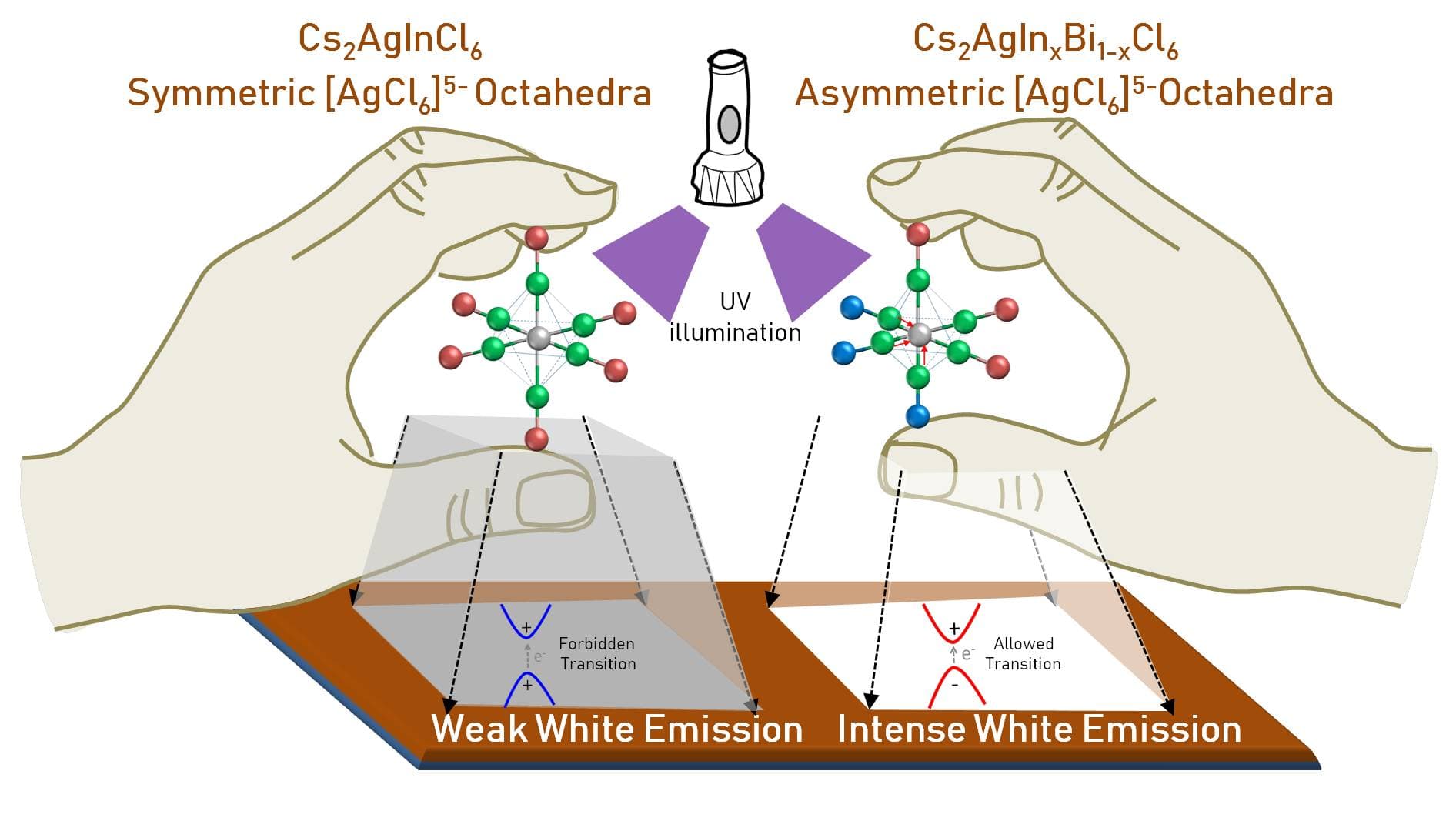IIT Madras team design great white light emitters

IIT Madras team of researchers have successfully developed a white light emitter for use in LEDs. The development of energy-efficient Light Emitting Diodes or LEDs replaced the energy-inefficient incandescent lamps in lighting and display applications.
While LEDs have been available in almost all colours, white LEDs are a more recent development. Conventional LED materials cannot emit white light and specialized techniques such as coating blue LED with yellow phosphor and combining blue, green, and red LEDs, have been used to produce white light, says IIT Madras team.


Innovation
This innovation of IIT Madras team has been patented and it recently won Government of India’s ‘SERB-Technology Translation Award’ It is interesting to note that Science and Engineering Research Board (SERB) provides financial assistance to researchers, academic institutions, research and development laboratories, industrial concerns, and other agencies.
IIT Madras team wishes to use the grant money of Rs 30 lakh to produce LEDs using their distorted perovskite materials.
IIT Madras team
The IIT Madras team was led by Dr. Arvind Kumar Chandiran who is the assistant professor with Department of Chemical Engineering at IIT Madras and Professor Ranjit Kumar Nanda B who is from Department of Physics at IIT Madras.

The research paper was co-authored by Dr. Tamilselvan Appadurai, Mr. Ravi Kashikar, Ms. Poonam Sikarwar, Dr. Sudhadevi Antharjanam, Dr. Ranjit Kumar Nanda B. and Dr. Aravind Kumar Chandiran.

The indigenously-developed bright white light emitters can potentially replace the conventional high-cost materials and phenomenally save the energy cost per lumens, said Dr. Arvind who led the IIT Madras team.

Speaking about the future prospects of their work Dr. Arvind who led the IIT Madras team along with Professor Ranjit Kumar Nanda B said they believe that their work contributes to Government of India’s ‘Make in India’ programme and they hope to become a technology leader in light emitters in the near future.
Result
The results of the work taken up by this IIT Madras team have been published in the prestigious peer-reviewed International journal belonging to the Nature group – Communications Materials.
Also read ‘IIT Hyderabad launches 3 New BTech courses. Know about them’
In their Communications Materials Research Paper, the IIT Madras team, in addition to reporting the details of the specific perovskite material, have also proposed a clear design strategy that scientists can employ to develop white light emitters.


Exploring
IIT Madras team has been exploring crystalline materials called ‘Halide-Perovskites’ for various applications due to their extraordinary optoelectronic properties and excellent light-to-current conversion efficiencies.
IIT Madras team of researchers have developed expertise in tuning the material at an atomic level to obtain different properties.
Through a recent project that included simulation and experimental work, the IIT Madras team distorted the crystal structure of this material to obtain a natural white light emitter.

These materials show at least eight times intense white light emission compared to the conventional and well-known Ce:YAG emitters, he said.
Distorted perovskite
This distorted perovskite can be used independently as a white light emitter or as a phosphor in combination with blue LEDs to produce white light, say researchers.
Unlike other recently developed white LED materials, this distorted perovskite showed phenomenal stability under ambient conditions. The emission of intense light and stability make them useful in long-lasting, energy-saving lighting applications.
Apart from general lighting, white LEDs can potentially be used in liquid crystal display backlights, display mobile lighting, and medical and communication equipment.






